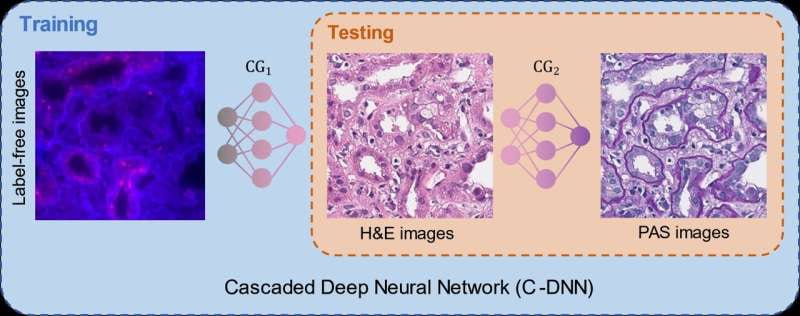
Chemical-free re-staining of tissue using deep learning
In a recent work published in ACS Photonics, UCLA researchers developed a computational approach powered by artificial intelligence to virtually transfer (re-stain) images of tissue already stained with H&E into different stain types without using any chemicals. In addition to significantly saving expert technician time, chemical staining-related costs and toxic waste generated by histology labs, this virtual tissue re-staining method is also more repeatable than the staining performed by human technicians.
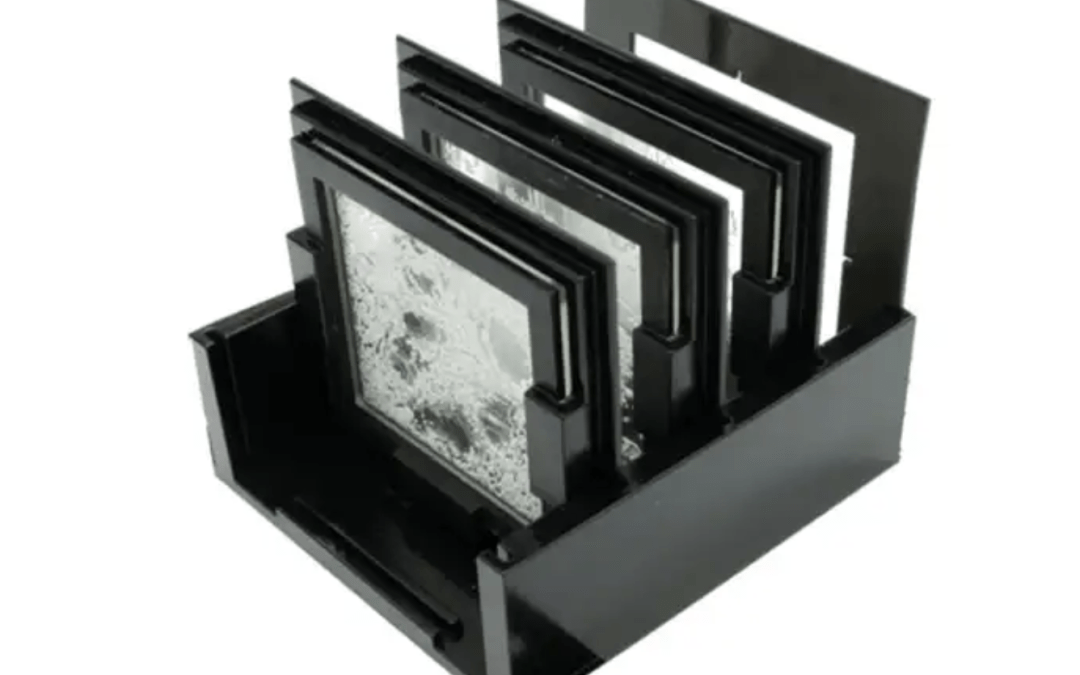
AI-created lenses let camera ignore some objects when taking pictures
Camera lenses that ignore certain objects and only capture images they have been designed to recognise can be built in just hours from clear plastic with a 3D printer
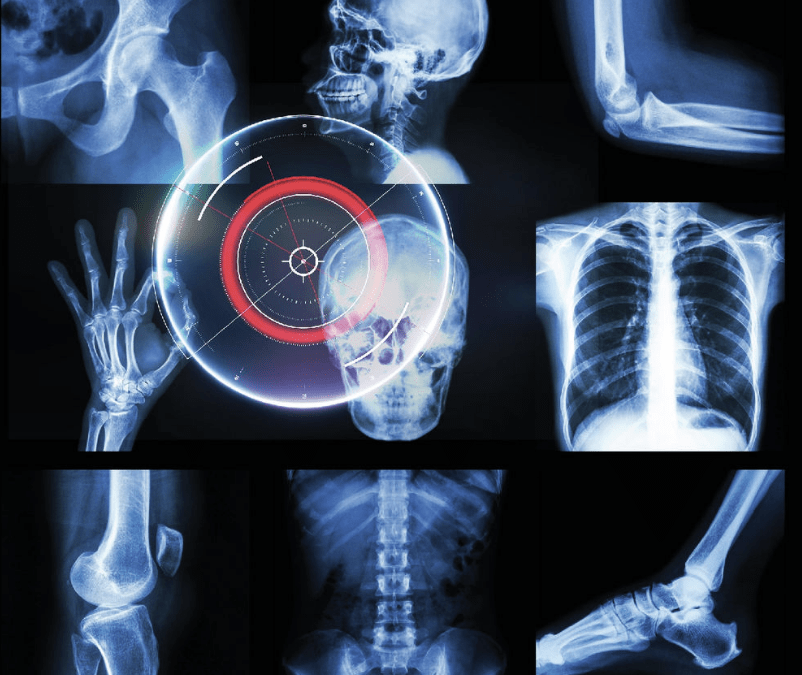
AI’s Helping Hand
Artificial intelligence has been the primary technological pathway to de-risk medical processes and alleviate the dependency on human labor.
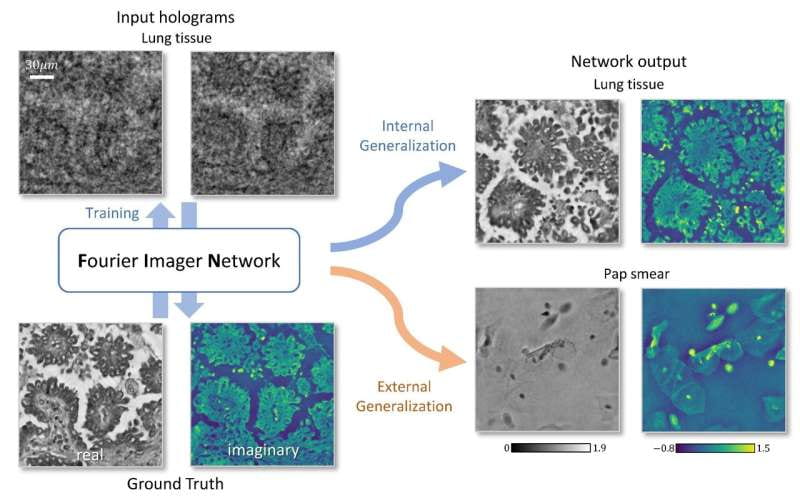
Superior phase recovery and hologram reconstruction using a deep neural network
UCLA researchers have recently created a novel neural network architecture, termed Fourier Imager Network (FIN), which demonstrated unprecedented generalization to unseen sample types, also achieving superior computational speed in phase retrieval and holographic image reconstruction tasks. In this new approach, they introduced spatial Fourier transform modules that enable the neural network to take advantage of the spatial frequencies of the whole image.
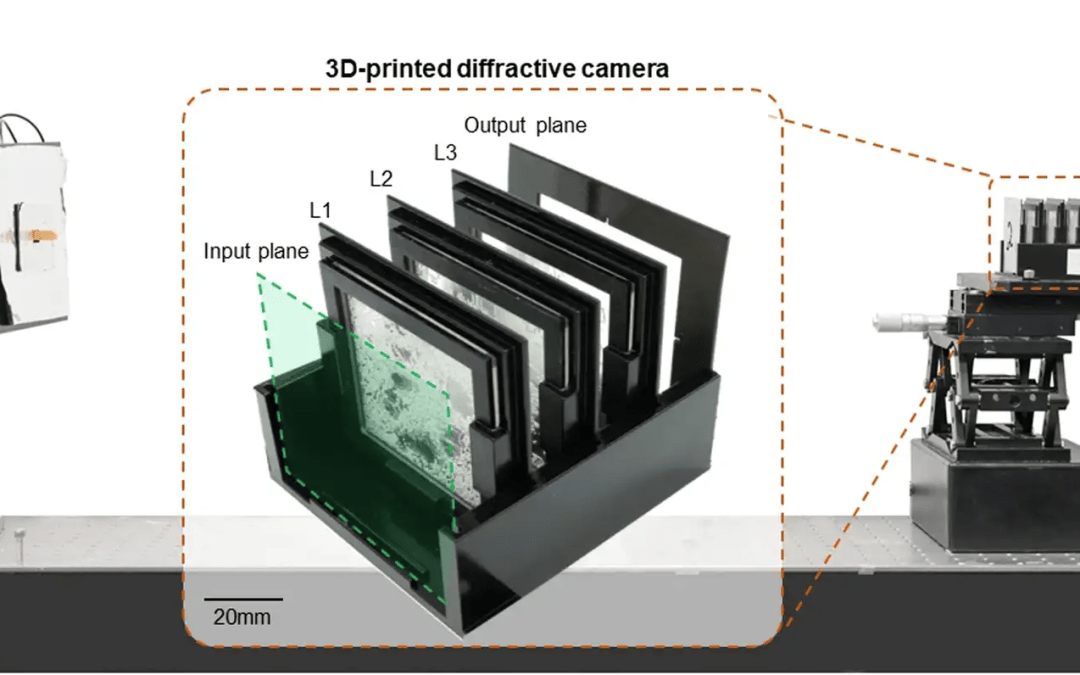
Researchers Invent a Privacy-Preserving Camera That Only Captures What You Want
Privacy is an obvious concern now that everything from smartphones to smartwatches to even smart glasses has built-in cameras. Banning covert cameras is never going to happen, and digitally altering images for privacy reasons is a real pain. So, researchers at UCLA are instead working on a radical new kind of camera that can selectively capture or ignore specific objects in frame before they’re even recorded.
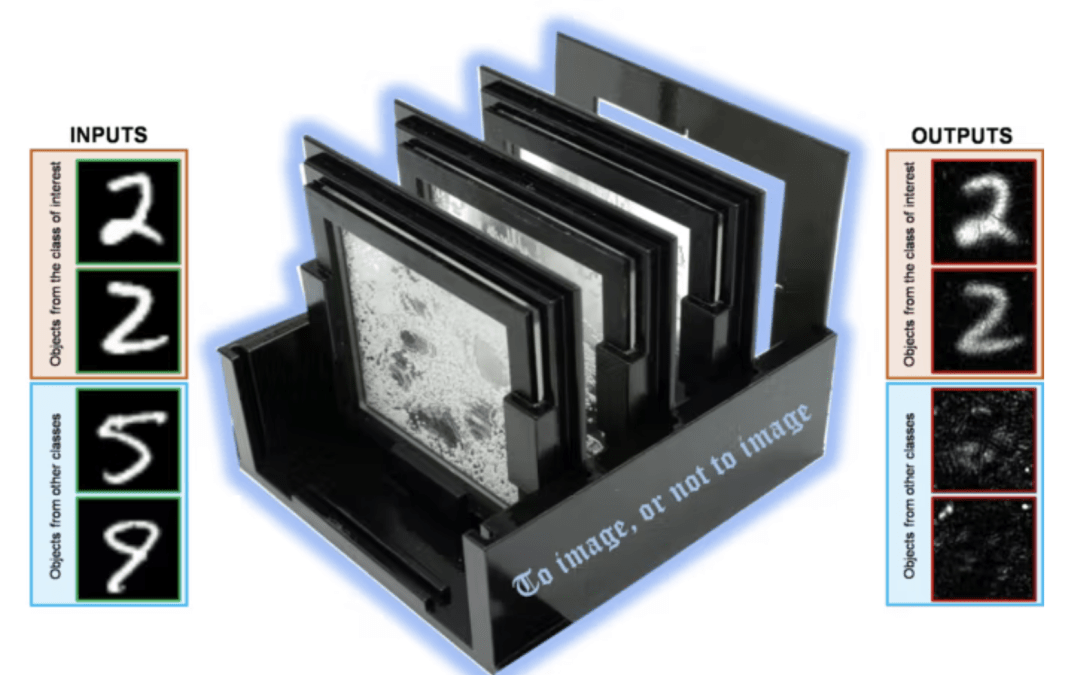
This high-tech camera may help protect our identities — here’s how it works
To protect our data in the nick of time, UCLA bioengineer Aydogan Ozcan and his team envisioned a smart camera that can focus on what matters, as they report in a new study. For example, the camera could spot someone walking through a security line and at the same time obscure uninvolved onlookers’ faces.
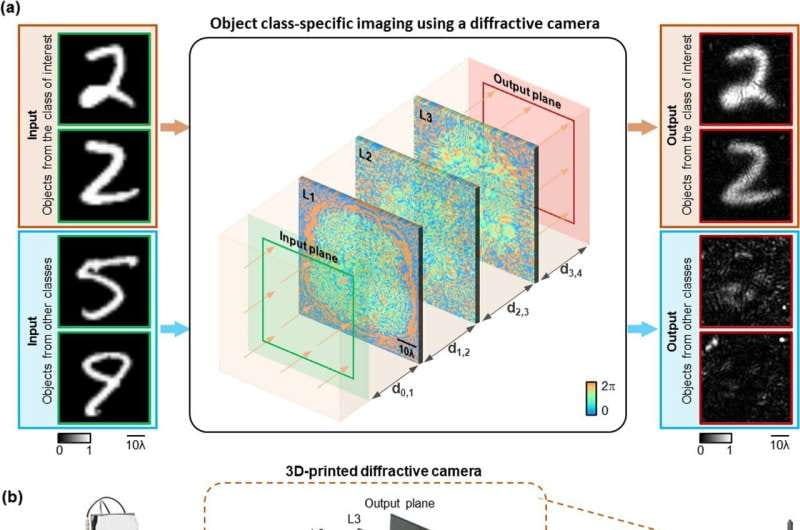
This AI Camera Protects Your Privacy by Only Recording Specific Targets
Scientists from UCLA are attempting to address issues of privacy by developing a new artificial intelligence (AI) camera that only records specific targets and actively erases everything else.
As digital cameras have become nearly ubiquitous, issues of privacy protection have risen in kind. As explained by Science Blog, some have chosen to address these concerns using blurring or data encrypting, but they don’t address the issue of data exposure since the raw footage is still captured before they undergo data processing.

AI-designed camera only records objects of interest while being blind to others
A new research paper published in eLight demonstrated a new paradigm to achieve privacy-preserving imaging by building a fundamentally new type of imager designed by AI. In their paper, UCLA researchers, led by Professor Aydogan Ozcan, presented a smart camera design that images only certain types of desired objects, while instantaneously erasing other types of objects from its images without requiring any digital processing.
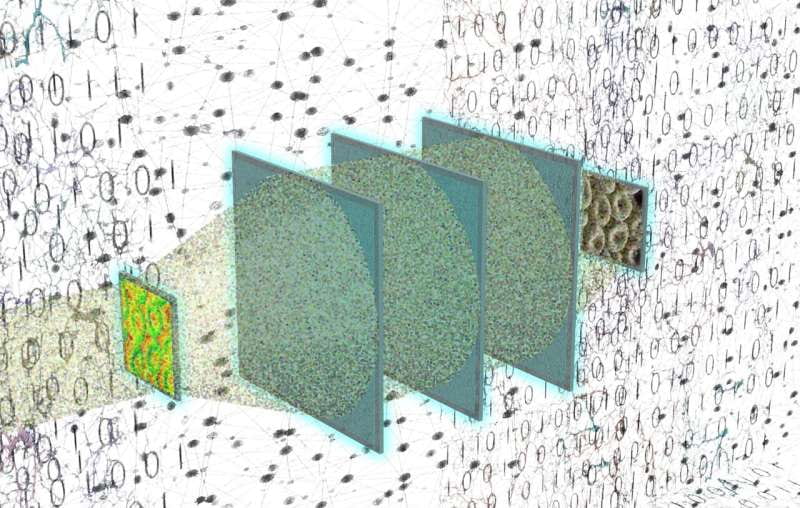
Diffractive Optical Network Supports Quantitative Phase Imaging
A team of researchers led by Aydogan Ozcan from the Electrical and Computer Engineering Department and California Nanosystems Institute at UCLA has developed a diffractive optical network to replace digital image reconstruction algorithms used in quantitative phase imaging (QPI) systems. The technology uses a series of passive optical surfaces that were spatially engineered with deep learning.

Expanding the Range: Wearables Enable the Next Level of Mobile Health Data Monitoring
The next generation of wearable devices will no longer be created only for the fitness-conscious to monitor their daily steps or heart rate on a smartwatch. Increasingly sophisticated photonic components such as LED arrays and specialized lasers, as well as a gamut of sensors and detectors contained within mobile equipment attached to the body, will be able to monitor spectral data within both the visible and infrared ranges.
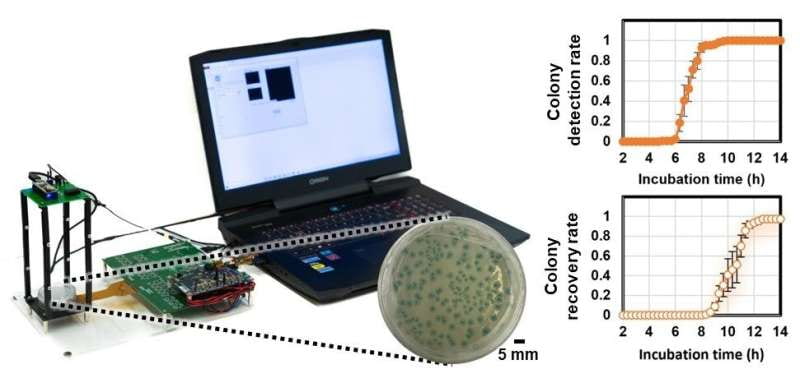
Deep learning accelerates the detection of live bacteria using thin-film transistor arrays
In an article recently published in ACS Photonics, a journal of the American Chemical Society (ACS), a team of scientists, led by Professor Aydogan Ozcan from the Electrical and Computer Engineering Department at the University of California, Los Angeles (UCLA), and co-workers have developed an AI-powered smart bacterial colony detection system using a thin-film transistor (TFT) array, which is a widely used technology in mobile phones and other displays.
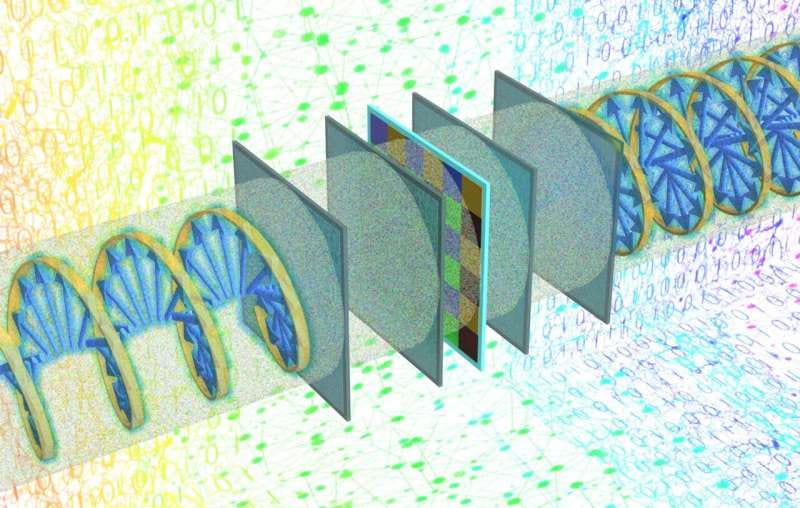
All-optical computation of a group of transformations using a polarization-encoded diffractive network
In a recent study published in Light: Science and Applications, researchers from the University of California, Los Angeles (UCLA) have demonstrated a polarization-encoded diffractive optical processor to enable high-speed, low-power computation of multiple linear transformations using only the diffraction of light.

Quantitative phase imaging without a computer
Ozcan Lab designs diffractive networks that can all-optically recover the quantitative phase information of cells and bacteria.

Diffractive Optical Network Supports Quantitative Phase Imaging
A team of researchers led by Aydogan Ozcan from the Electrical and Computer Engineering Department and California Nanosystems Institute at UCLA has developed a diffractive optical network to replace digital image reconstruction algorithms used in quantitative phase imaging (QPI) systems. The technology uses a series of passive optical surfaces that were spatially engineered with deep learning.

All-optical phase recovery and quantitative phase imaging performed instantly without a computer
In a new research paper published in Advanced Optical Materials, a team of optical engineers, led by Professor Aydogan Ozcan from the Electrical and Computer Engineering Department and California NanoSystems Institute (CNSI) at the University of California, Los Angeles (UCLA), developed a diffractive optical network to replace digital image reconstruction algorithms used in QPI systems with a series of passive optical surfaces that are spatially engineered using deep learning.
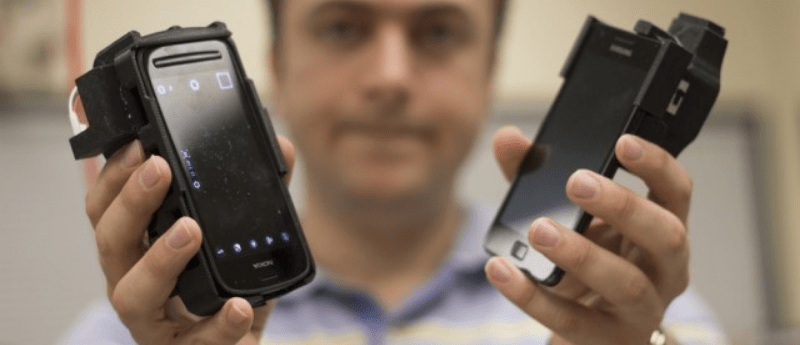
Democratizing microscopy and diagnostics and developing digital holography: an interview with Aydogan Ozcan
Aydogan Ozcan is the Chancellor’s Professor and Volgenau Chair for Engineering Innovation at the University of California, Los Angeles (CA, USA) where he leads the Bio- and Nano-Photonics Laboratory. He is also a Professor at the Howard Hughes Medical Institute and the Associate Director of the California NanoSystems Institute.
Here, he discusses his work in the democratization of microscopy and detection technologies and reveals the latest advances in digital holography and explains how advances in AI have impacted this technique.
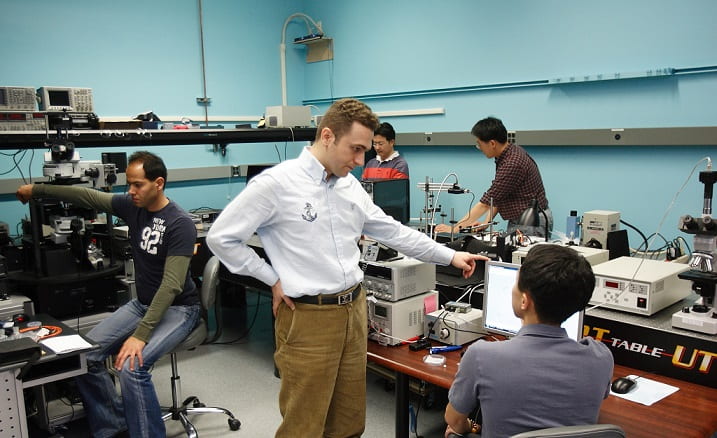
A fresh take on microscopy
Professor Aydogan Ozcan: Meet the optics visionary that will change the way we see the world.
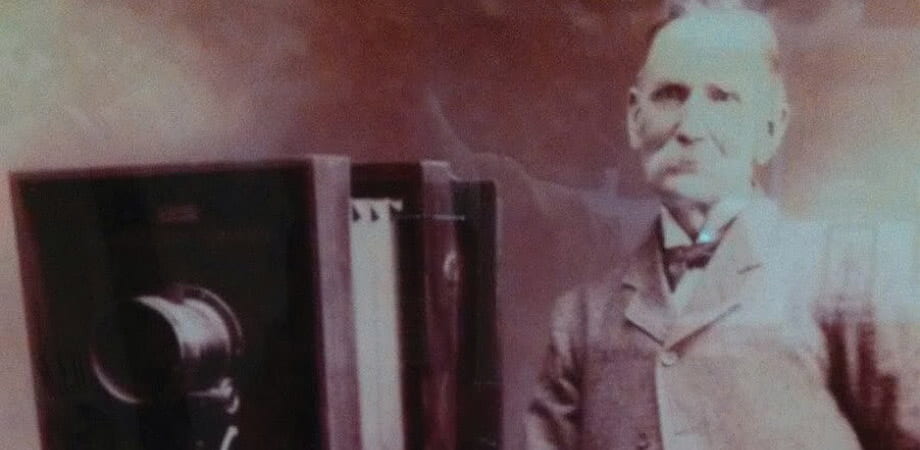
Next-gen imaging takes pictures that speak a million pixels
Growth of computational imaging could drive it beyond the limits of optical systems
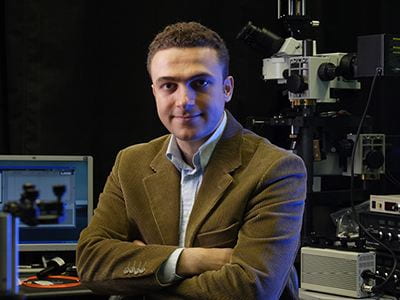
Optica Names Aydogan Ozcan the 2022 Joseph Fraunhofer Award/Robert M. Burley Prize Recipient
Optica (formerly OSA) is pleased to announce the Aydogan Ozcan, University of California Los Angeles (UCLA), USA, has been selected as the 2022 recipient of the Joseph Fraunhofer Award/Robert M. Burley Prize. Ozcan is honored for seminal optical engineering contributions to computational optical imaging, lensfree microscopy, holography and mobile optical sensing.
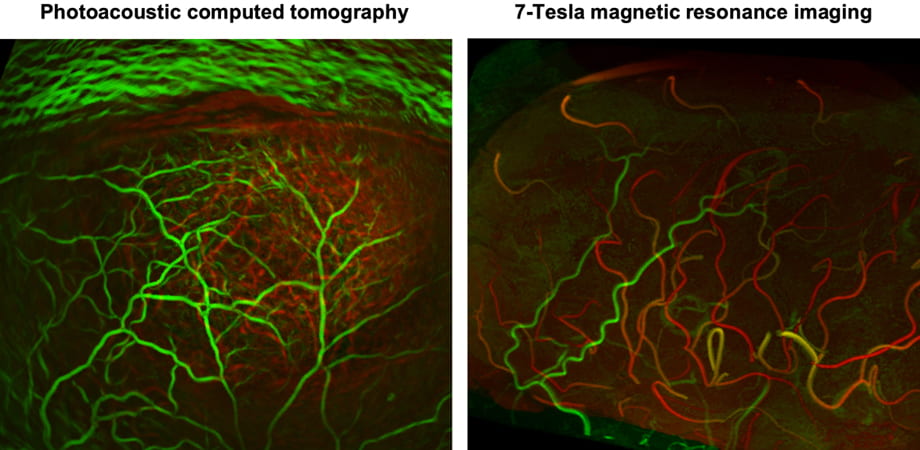
BiOS Hot Topics: Imaging techniques break new ground
Advances in photoacoustic tomography, deep learning, and super-multiplex spectroscopy offer new views of cells and blood vessels.
For older press releases, please visit this link
